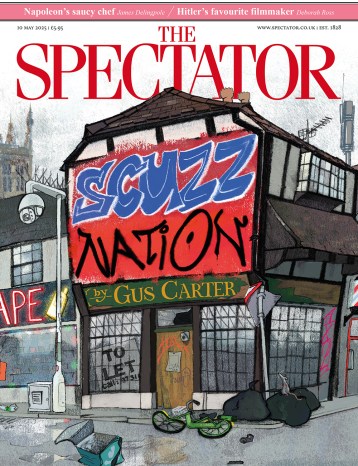To anyone born before 1980, the idea that the state would own a large part of the economy was normal. The ‘mixed economy’ was a typically British compromise between American cut-throat capitalism and the incompetent communism beyond the Iron Curtain — or at least a compromise between the socialist leanings of the Labour Left and the free-enterprise mantra of the Tories.

Disagree with half of it, enjoy reading all of it
TRY A MONTH FREE
Our magazine articles are for subscribers only. Try a month of Britain’s best writing, absolutely free.
Already a subscriber? Log in




Comments
Join the debate, free for a month
Be part of the conversation with other Spectator readers by getting your first month free.
UNLOCK ACCESS Try a month freeAlready a subscriber? Log in